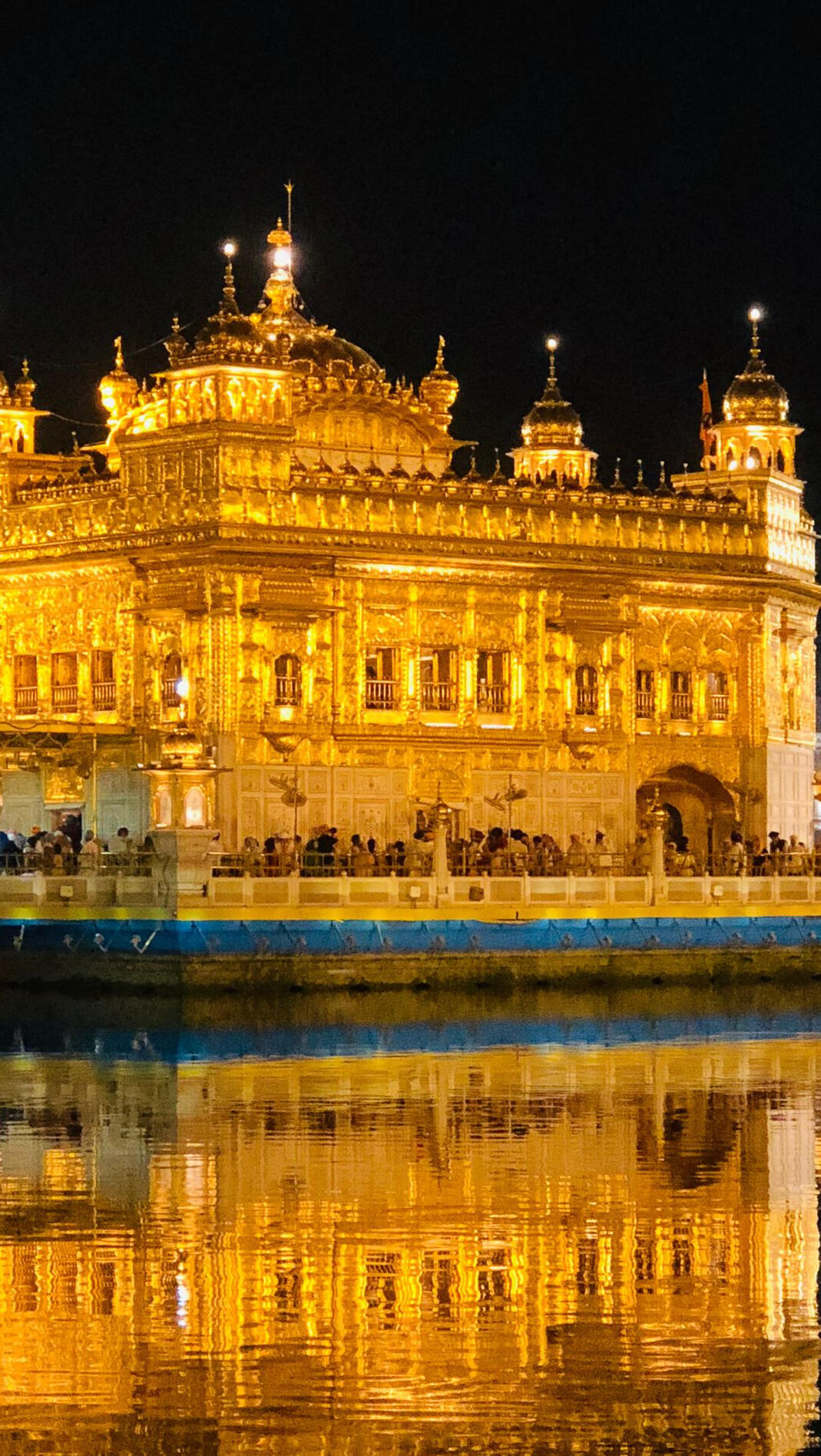
Real Women. Bold Stories
Step inside for stories behind the books — from hidden corners of history to the journeys of women who dared to live boldly.
He Was Bigger Than You’d Think
When a 62kg dog fell in a scum-filled pond, I jumped in — chiffon dress and all. This is what that moment taught me about bravery, age, and doing the unexpected.
You’ll see a puppy at the top of this post. Soft ears. Big eyes. Classic “Aww!” moment.
But don’t be fooled.
That adorable lump of fluff turned into a 62-kilogram musclebound hound with a bark that could shake the floorboards. His name was Ernie, and he wasn’t just a good boy — he was the reason I found myself jumping into a scum-filled pond at the dog park, in my best floaty chiffon dress, fully clothed, without a second’s hesitation.At the time, I didn’t think of it as brave. I didn’t think of it as anything. I just saw Ernie floundering in the water, and I moved.What surprised me wasn’t that I did it.
It’s what happened next.The Myth of “Too Late”
I was 42 when that happened. At the time, I couldn’t swim properly — not really. Like a lot of women, I’d spent decades looking after other people and not a lot of time building up my own skillset. But suddenly, I had a reason. And a very wet dog to wrangle. So I learned.It wasn’t a polished reinvention. There was no inspirational playlist. I didn’t suddenly become an Olympic swimmer. But I did keep going. Quietly. Persistently.
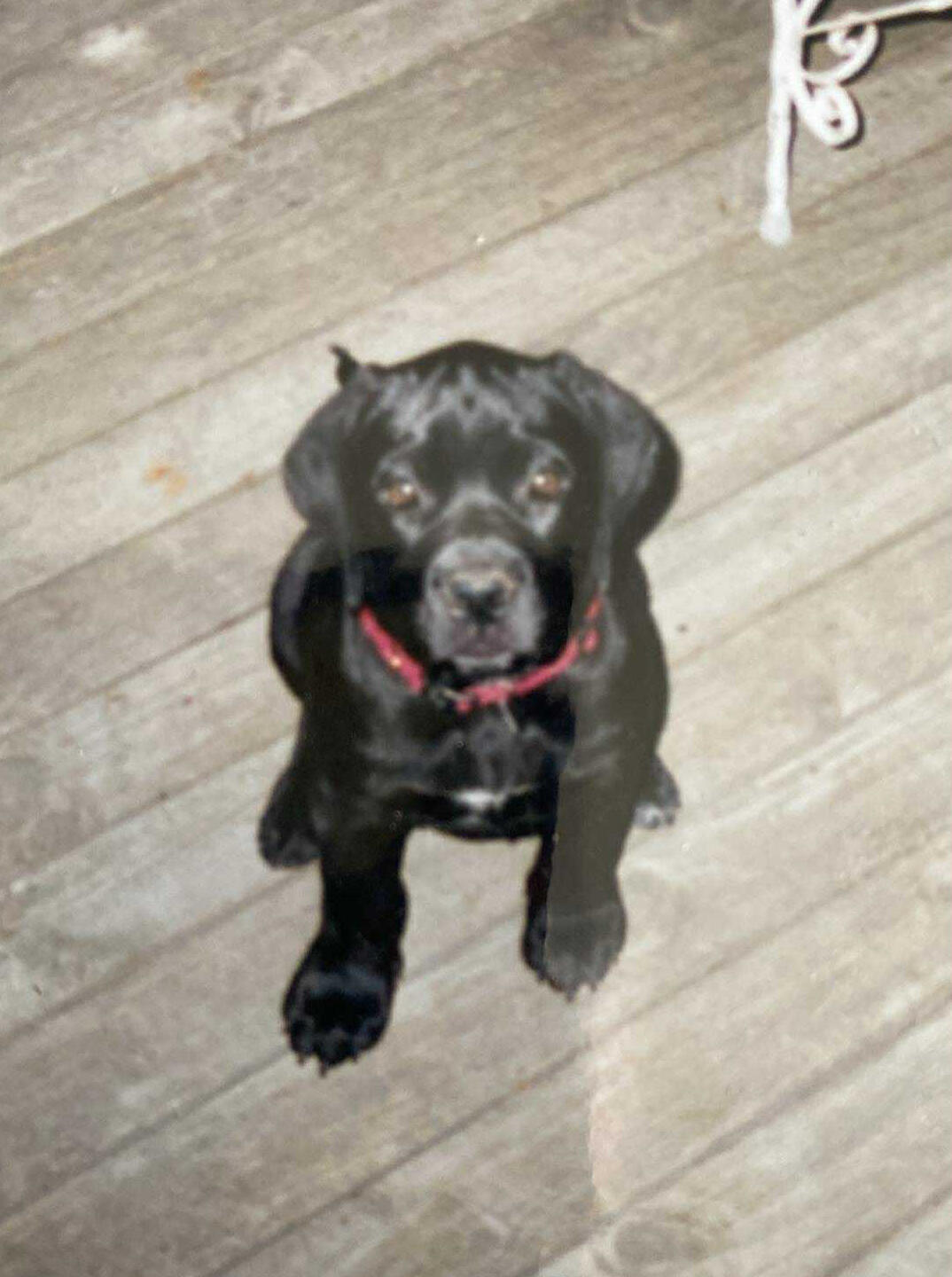
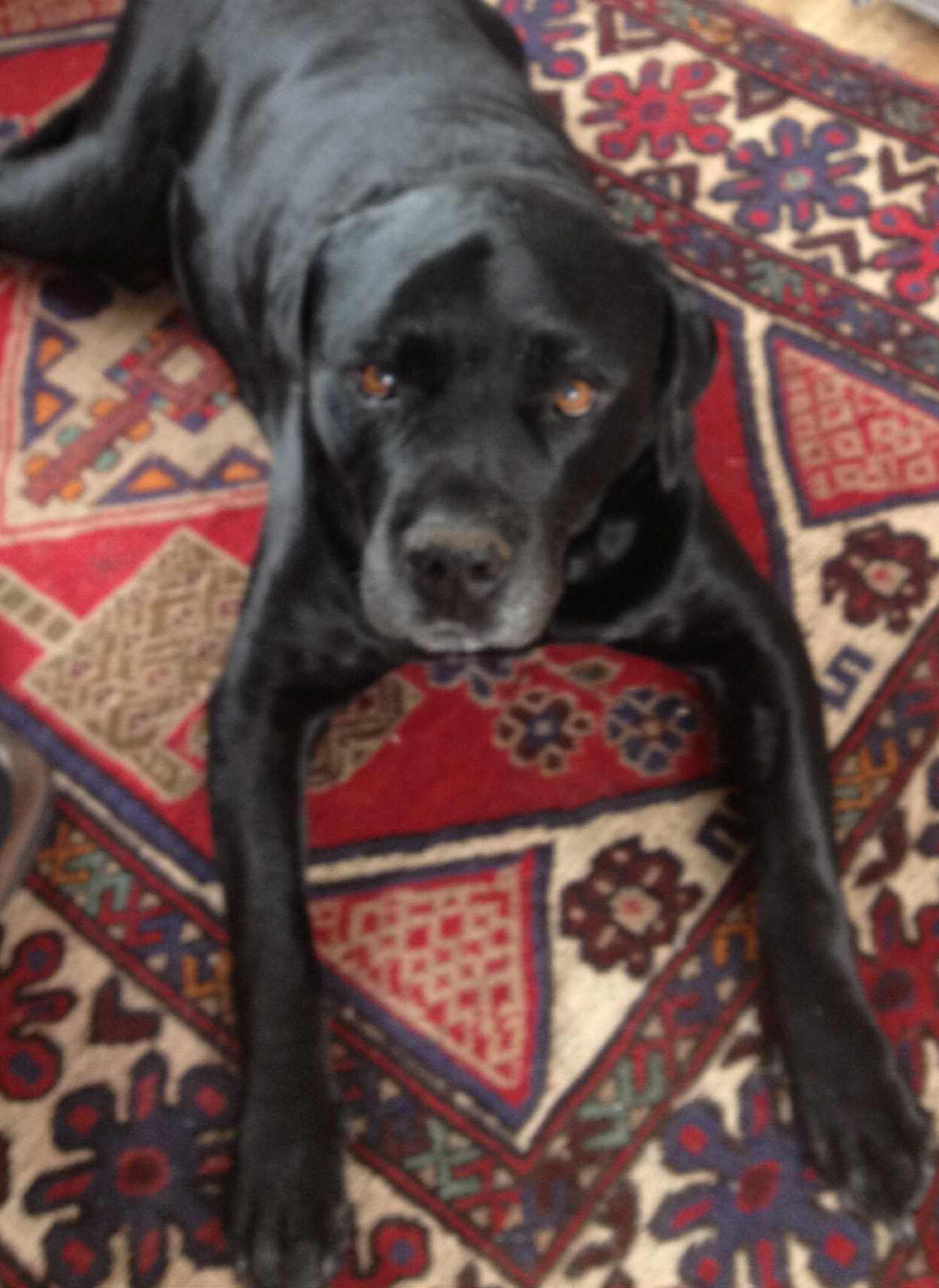
And now? I live on a boat. I swim off the back. I get out on the water and I feel free. Not fearless, mind you — but free.Why Am I Telling You This?
Because I write about women like you and me. Women who’ve hit the point in life where we’re supposed to slow down. Where the message seems to be, “Stay safe. Stay still. Stay quiet.”But in my stories — and in my life — I’ve found the opposite to be true.
That moment in the water, soaked and half-panicked, taught me something I didn’t expect: it’s not always too late to try. You’re not too old. You’re not too far gone. You’re just a woman with deeper reserves than you realise — and maybe, just maybe, you need a nudge (or a large wet dog) to remind you.Want the full story about Ernie, the dress, and what happened in the water?👉 Read the free story here.
(No email signup needed. Just enjoy.)
The Real Haveli That Shaped My Story.
A traditional Indian haveli-its architecture and quiet beauty helped shape a key scene in A Bold Adventure.
There are moments in writing when a place does more than inspire.
It settles inside you.
It waits.And when the time is right—it gives you a scene you didn’t even realise you were holding.That’s what happened to me in Amritsar.Years ago, before I ever imagined writing A Bold Adventure, I stayed in a beautiful guesthouse now known as Ranjit’s Svaasa. I wasn’t researching. I wasn’t collecting material for a novel. I was just travelling—tired, curious, open.But the house stayed with me.It was everything I never knew I wanted in a setting: gracious, lush, steeped in ancestral memory. A red-brick haveli tucked behind a garden wall. We climbed whitewashed stairs to reach our room, opened a quaint wooden door with a metal hasp, and found ourselves surrounded by velvet, sequins, cottons, and colour.
Narrow windows overlooked the courtyard below. Lanterns flickered outside in the dusk. Inside, the walls were lined with old portraits, heavy furniture, and the kind of silence that makes you sit a little straighter.And as it happened, that silence arrived with something else.

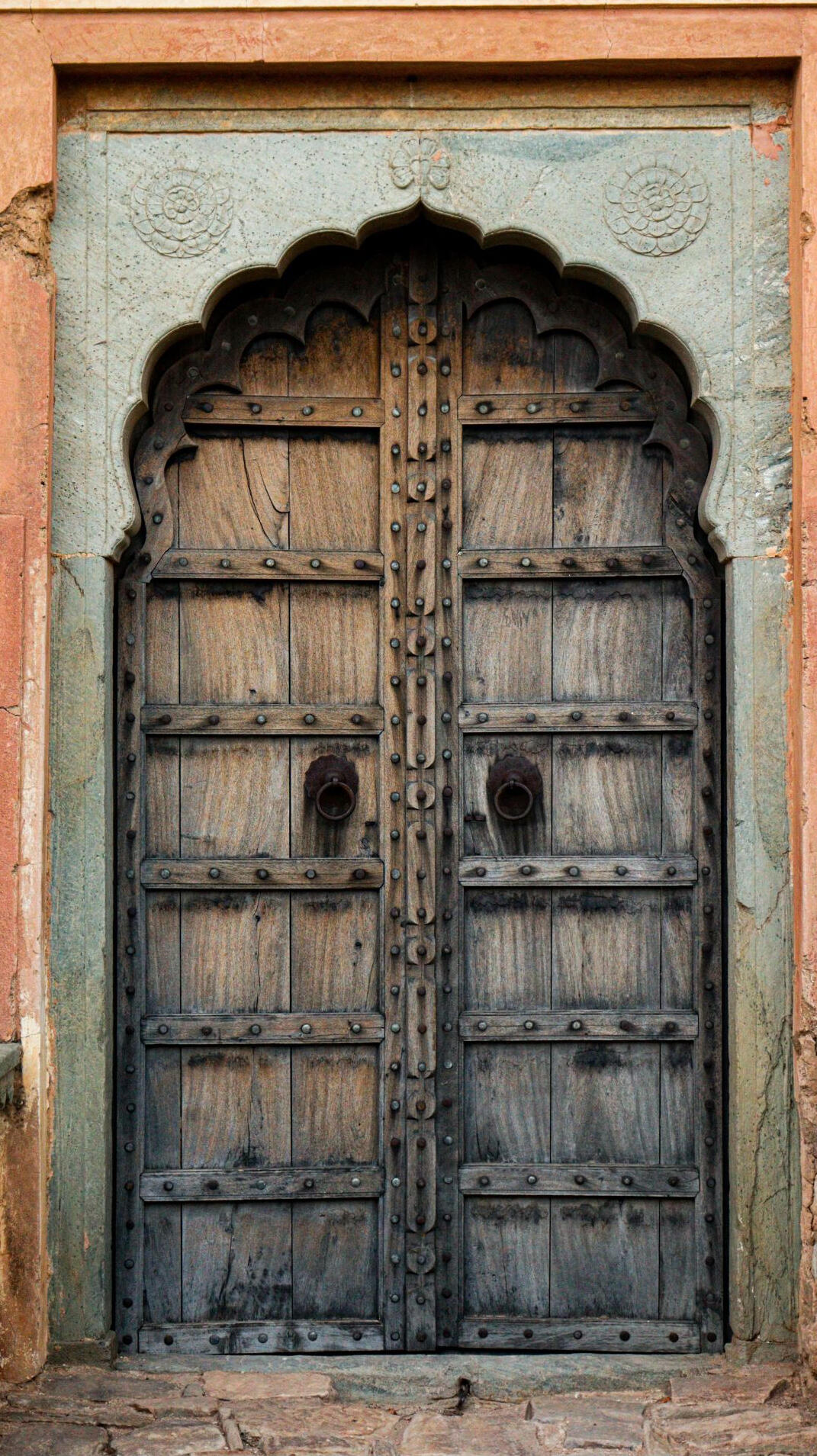
Not long after we checked in, our gracious hosts informed us we had received a phone call. Confused, we called home and our daughter let us know that my husband’s brother had died.It was a sudden moment of stillness, in a house already full of it.We were far from home—half a world away—and suddenly carrying something we hadn’t expected.Grief tucked itself quietly into the corner of that room and stayed there.I didn’t write about it at the time. I didn’t try to capture it or make sense of it, however the owner of the guesthouse directed us to Sri Harmandir Sahib—The Golden Temple. And there in the chill of a winters morning, Mr C. stood in the warm waters, spending time with his memories. Healing. Not letting go—just holding on differently.But when I began writing A Bold Adventure—and reached the moment when Evelyn and Gus arrive at a haveli in Amritsar, tired from travel and uncertain what awaits them—that memory surfaced.In the novel, the house is fictional. The Singh family is imagined.
But the hush behind the gates, the ritual of washing road-dust from hands, the quiet weight of waiting—those came straight from experience.
And then there’s the news. The shift. The way everything is still for a moment too long.That, too, was real.Not literally. Not line for line. But emotionally, deeply.I didn’t set out to echo that part of our story. But it echoed anyway.
That’s the strange thing about writing fiction—
Sometimes the story borrows from you without asking.
And if you let it, it can carry something forward.
Not to explain it. Not to make sense of it.But simply to hold it.(Image Credit: Haveli - PXHere)
A Bold Adventure- The Story that Chose Itself.

It’s a funny thing, writing a second novel.You think you’ll choose it — plot it, plan it, follow your grand thematic blueprint like a good author should. But in the end, the story chooses you. Or rather, the characters do.
When I wrote A Bold Pursuit, Evelyn Gracewell was never meant to be a lead. She was Sarah’s friend, her foil — a matchmaking, bright-eyed vicar’s daughter with a fondness for mischief and an eye for where people ought to be. I pictured her with my friend’s dark, blonde curls, and brought her in to move pieces around the plot. But as the chapters unfolded, Evelyn did what bold women do: she pushed forward. She nudged Sarah. She nudged me.And then she wouldn’t let go.Evelyn’s life before the voyage was all about walking the edge — not quite part of the parishioners, not quite welcome in society. She lived in the gap, blending in, playing roles, holding her father’s parish together with a smile and a twinkle and a slightly scandalous opinion or two.But underneath all that bustle and charm was a restlessness. A quiet ache. Evelyn knew, deep down, that she wasn’t going to marry. But she didn’t know why — not then.By the end of Pursuit, she’s the one who finds the escape route. Not just for Sarah, but for herself.
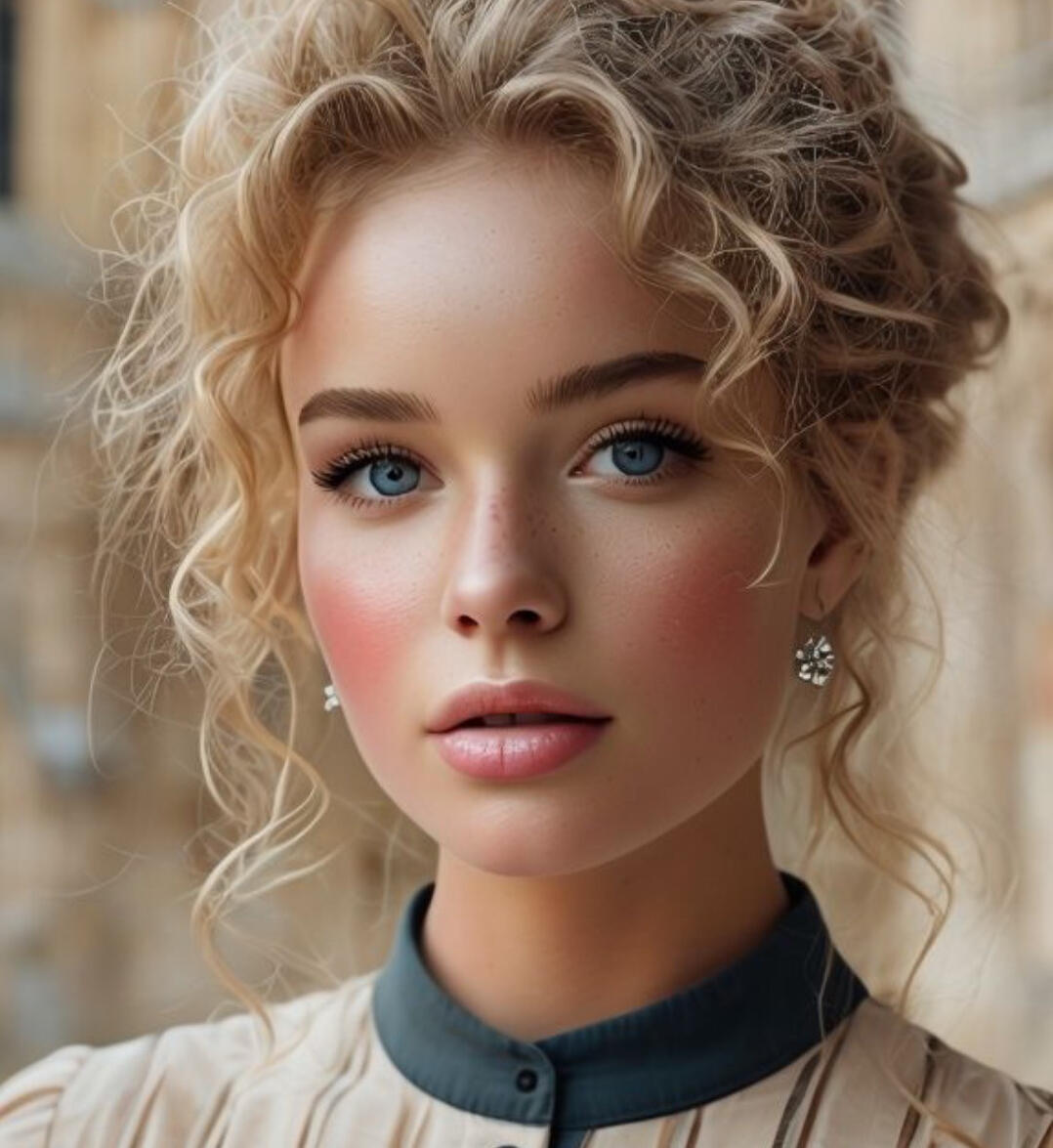
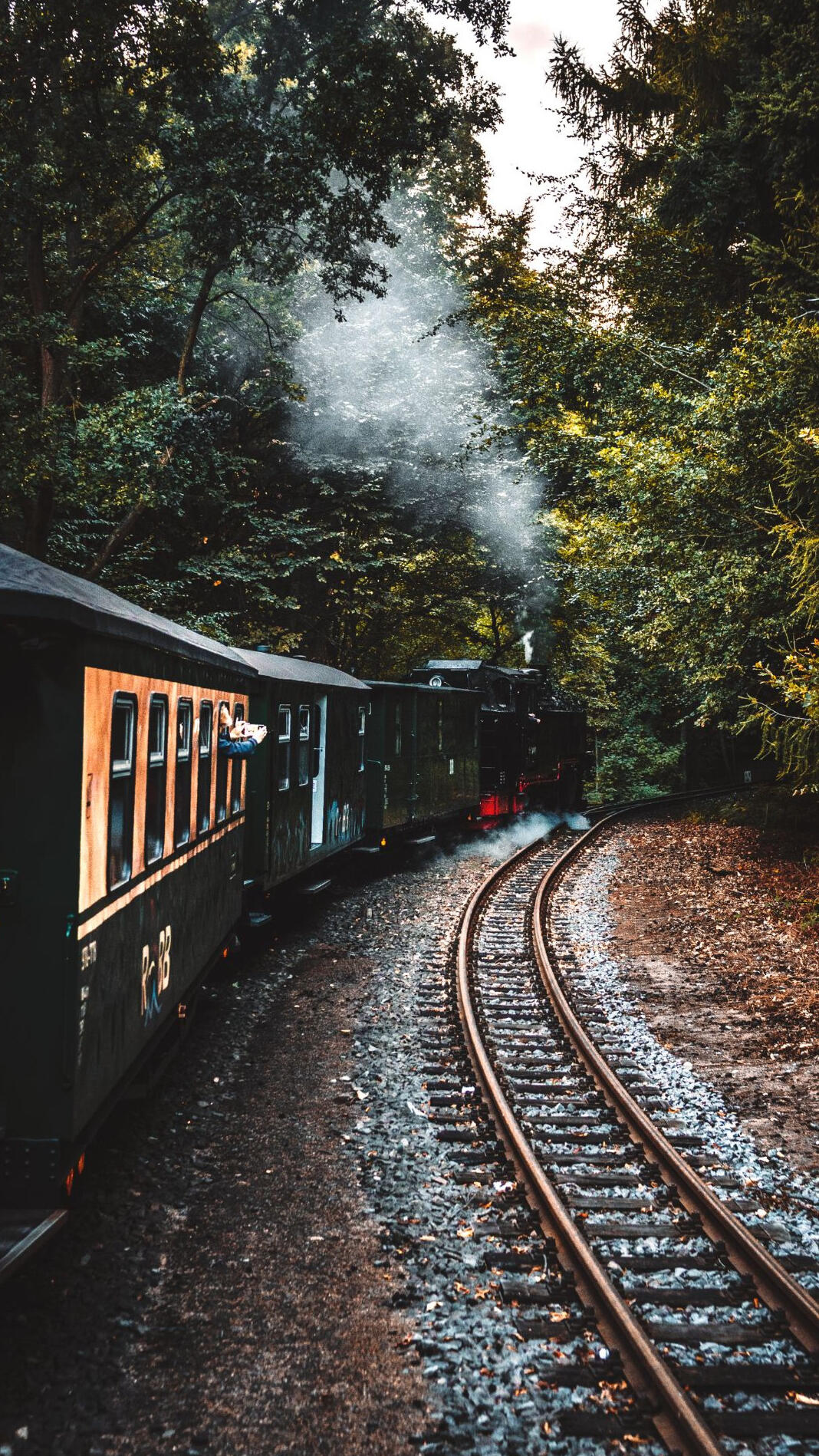
On the ship, Augusta Ashworth is a flame. And Evelyn is the moth.Their connection isn’t about instant love or grand declarations. It’s about recognition. That rare, unmistakable moment when you meet someone and just know. You’ve found your own kind. You’ve found your place. It doesn’t need a label, not yet — just truth.From there, the story that became A Bold Adventure unfurled naturally. It wasn’t what I thought book two would be — originally, I was planning to follow two side characters from Pursuit, connected by family, with a different plot. But Evelyn kept tugging at my sleeve. And once I said yes to her, Augusta followed.In retrospect, it makes sense. The Ashworths had to be the sort of people who could offer a new kind of life — well-off, intellectually curious, emotionally complex. Roger and Augusta were shaped to fill that mould, and then I went back and reworked the final draft of Pursuit to thread those clues in.I considered New Zealand’s Southern Alps — I know them well. But they didn’t feel right. They felt… too small for Evelyn. Not geographically, but emotionally. She’d spent 18 months in Waimate, learning to shoot, to hike, to think — and then she would’ve looked around and thought, “Anywhere but here.”India — especially the north — had always fascinated me. As a teen, I devoured The Far Pavilions by M. M. Kaye. I’ve travelled in India myself — not just passing through hotels, but spending real time in places like Haryana and the Punjab. I knew the sights, the contrasts, the emotional landscape. And historically, it fit: Victorian women were travelling, climbing, writing. Not always publicly, not always safely — but they were there in Europe, Britain and America, so why not the Himalaya?Once I decided Augusta was headed for India, Evelyn was already on the wharf.
On the surface, A Bold Adventure is an expedition novel. But the real terrain it travels is emotional — it’s a story about loss, courage, and the yearning to belong.Evelyn lost her mother young. She became her father’s helpmate, her brother’s absence a silent gap she could never quite bridge.Augusta and Roger were closer than most siblings — not in a creepy way, but because they were each other’s whole world. Their emotionally absent parents — raised in privilege and tradition — left them to the care of servants and schools. Augusta was sent to Switzerland in her teens, separated from Roger at school back home.Chele lost everything. Family, place, language. And yet he survives — not just survives, but grows strong enough to love again.Dr. Kashmiri Singh was exiled from family at six, yet still carries a fierce love for his elders and his country.Hazim, the quiet guide, walks with the memory of his wife and child — gently guiding others without force, wisdom in every quiet step.And then there’s Joseph Blake. A man lost in his own skin. Desperate for control, for affection, for Roger — but never brave enough to seek it honestly. He confuses manipulation for love, power for intimacy.Every character in A Bold Adventure has lost something. But they also gain something — not necessarily what they sought, but something honest and lasting.This novel wasn’t written to tick off plot points. It was written the way you follow a path through unfamiliar terrain — one step at a time, trusting your compass.The rails underneath this story are truth, belonging, and courage. The scenery is the Himalayas. The train is the characters.I didn’t set out to write A Bold Adventure.It chose me.
